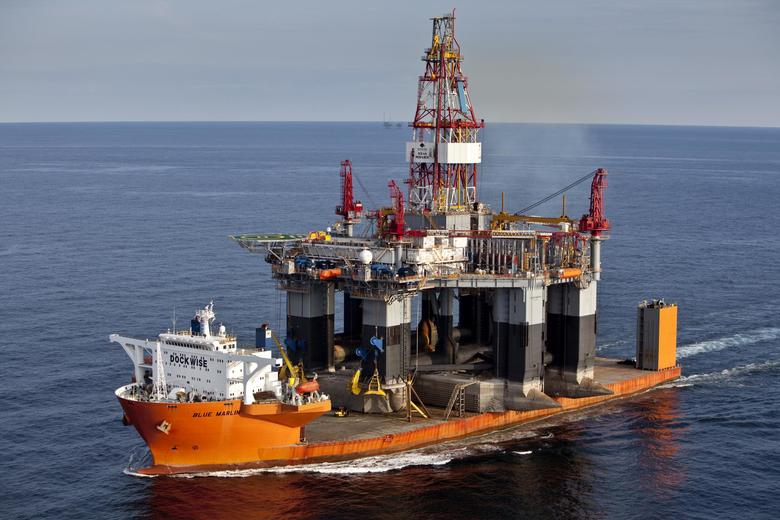
THREE SHELL'S PRIORITIES

Van Beurden defined three categories that play out across different time scales:
Cash engines: conventional oil and gas, integrated gas, oil sands mining, and oil products
- Cash engines are stable businesses, which underpin the financial delivery of the company today. They should have strong and resilient returns and free cash flow, to fund dividends and the balance sheet well into the next decade and beyond.
- We continue to invest in selective growth opportunities in these businesses, at a level that enables positive free cash flow throughout the macro cycle. Through-cycle returns here should be attractive and competitive.
- Integrated gas, which was previously a growth priority for Shell, has reached critical mass following the BG acquisition and planned growth in liquefied natural gas (LNG), particularly in Australia. The pace of new investment will slow here, and integrated gas will now prioritise the generation of free cash flow and returns.
Growth priorities: deep water and chemicals
- Shell has advantaged positions and affordable growth plans here, which should create a pathway to improved returns and material free cash flow from around 2020, as these businesses become new cash engines.
- We give priority to growth projects in these businesses, such that free cash flow may be negative at the lower end of the cycle. Returns should improve over the next 3-5 years.
- Brazil and the Gulf of Mexico represent the best real estate in global deep water. We are developing competitive projects here based on this advantaged acreage. Shell's deep-water production could double, to some 900 thousand barrels of oil equivalent per day (kboed) in 2020, compared with 450 kboed in 2015.
- In Chemicals, the company already has brownfield growth projects underway on the US Gulf Coast and in China. Today we are announcing the final investment decision on a new, 1.5 million tonnes per annum (mtpa) cracker and polyethylene plant in Pennsylvania, USA, which will use natural gas from shales production as its feedstock. Once these projects are on stream, early in the next decade, Shell's ethylene capacity should reach around 8 mtpa, compared with 6.2 mtpa today.
Future opportunities: shales and new energies
- These businesses are expected to become significant growth priorities for Shell beyond 2020 as we establish clear pathways to profitability. They are themes with material value and upside potential to deliver returns for Shell shareholders.
- Investment here remains relatively low, focused on current positions and identifying potential opportunities. Free cash flow will likely be negative, and returns low, for some time. Capital employed here is constrained until attractive opportunities are developed.
- In shales, Shell's restructured portfolio is focused on North America and Argentina, with substantial long-term growth potential.
- In new energies, there is potential for Shell to achieve material scale and profitability. As the energy transition unfolds, we intend to establish a portfolio to build on our established strengths in low-carbon biofuels, hydrogen and smart customer solutions; as well as in solar and wind. Many of these activities complement the company's natural gas strategy today.
Overall, Shell's focus is on re-shaping the company. We will retain the most competitive and resilient positions, through targeted investment, and substantial asset sales. This is a value-driven, not time-driven, divestment programme; and an integral element of Shell's portfolio improvement plan.
Updating our financial outlook
Following the BG acquisition, and as expected, Shell's balance sheet gearing increased to 26% at the end of Q1 2016 from 14% at the end of 2015.
Shell's priorities for cash flow, as announced with the BG acquisition, are unchanged: 1) reduce debt, 2) pay dividends, and 3) a balance between capital investment and share buy-backs.
Our free cash flow is being reduced due to low oil prices, and this could continue for some time. In response, Shell is pulling four levers to manage the financial framework in the down-cycle.
- Capital investment will be in the range of $25-$30 billion each year to 2020, as we improve capital efficiency and ensure a more predictable development funnel for new projects. Investment for 2016 is expected to be $29 billion, excluding the purchase price of BG, some 35% lower than the pro-forma Shell-plus-BG level in 2014. In the prevailing low oil price environment we will continue to drive capital spending down towards the bottom end of this range; or even lower if needed. In a higher oil price future we intend to cap our spending at the top end of the range.
- New project start-ups since end-2014 should contribute some $10 billion of annual cash flow by 2018*. Investment delivers new, profitable projects for shareholders.
- Programmes to sustainably reduce operating costs are in place across the company; we expect to reach a run-rate of $40 billion of underlying operating costs at the end of 2016, some 20% lower than the 2014 pro-forma level for Shell-plus-BG with potential for further cost reduction.
- Asset sales, as planned, are expected to be $30 billion for 2016-18. We have earmarked up to 10% of Shell's oil and gas production, including 5 to 10 country exits, for disposal. We expect to make significant progress on the first $6-8 billion of this programme in 2016.
As a result of Shell's portfolio development and investment, we expect to see an improvement in returns in the next few years, our debt reduced, and significant growth in free cash flow, across a range of oil prices. For example, organic free cash flow could reach $20-$25 billion and return on capital employed some 10% around the end of the decade, assuming $60 oil prices. This compares to 2013-15 averages of $12 billion and 8% with average $90 oil prices.
Van Beurden concluded: "Our strategy should lead to a simpler company, with fundamentally advantaged positions, and fundamentally lower capital intensity. Today, we are setting out a transformation of Shell."
-----
Earlier:




